
It’s no exaggeration to say that open source operating systems rule the world of mobile devices. Android is still an open-source project, after all.
But, due to the bundle of proprietary software that comes along with Android on consumer devices, many people don’t consider it an open source operating system.
So, what are the alternatives to Android? iOS? Maybe, but I am primarily interested in open-source alternatives to Android.
I am going to list not one, not two, but several alternatives, Linux-based mobile OSes.
Top Open Source alternatives to Android (and iOS)
Let’s see what open source mobile operating systems are available. Just to mention, the list is not in any hierarchical or chronological order.
1. Plasma Mobile
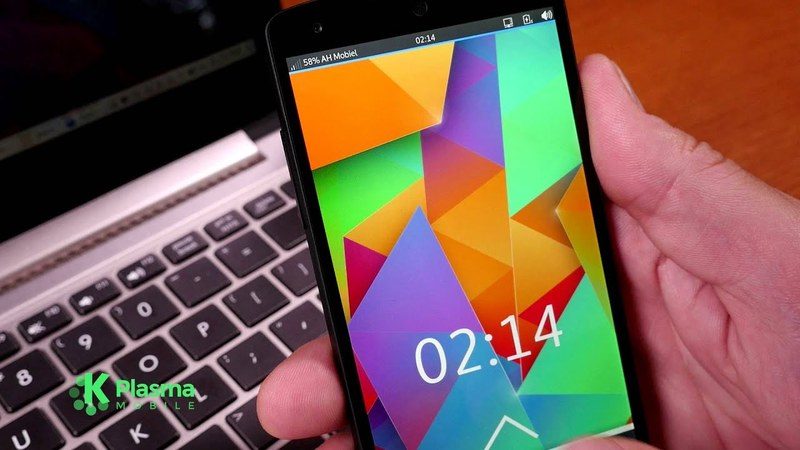
A few years back, KDE announced its open source mobile OS, Plasma Mobile. Plasma Mobile is the mobile version of the desktop Plasma user interface, and aims to provide convergence for KDE users.
It is being actively developed, and you can even find PinePhone running on Manjaro ARM while using KDE Plasma Mobile UI if you want to get your hands on a smartphone.
2. postmarketOS

PostmarketOS (pmOS for short) is a touch-optimized, pre-configured Alpine Linux with its own packages, which can be installed on smartphones.
The idea is to enable a 10-year life cycle for smartphones. You probably already know that, after a few years, Android and iOS stop providing updates for older smartphones. At the same time, you can run Linux on older computers easily. PostmarketOS wants to achieve the same on the mobile platform, by tweaking Linux into a touch-optimized platform.
Don’t get too excited. PostmarketOS is in very early phases of development, and it is most likely that you won’t be able to use it like a regular smartphone yet. However, you may keep an eye on the postmarketOS community edition of the PinePhone if you want to purchase a smartphone that runs it.

3. PureOS/Librem

Ubuntu’s convergence efforts did not materialize, but this has not deterred others from their convergence dreams.
Convergence, in simple terms, is having the same operating system running on desktops, tablets, and smartphones. Ubuntu tried it and abandoned the project. Windows also failed at it.
The security and privacy-focused company Purism has its own PureOS Linux distribution. They are also working on a Linux-based, secure smartphone called Librem 5. Purism claims that PureOS is convergent, and Librem smartphones will run it. Apart from PureOS, it can run GNOME and KDE, with Debian, Ubuntu, SUSE, Fedora, and even Arch Linux.
The motto of the Librem is to be a “phone that focuses on security by design and privacy protection by default. Running Free/Libre and Open Source software and a GNU+Linux Operating System designed to create an open development utopia, rather than the walled gardens from all other phone providers”.
It’s more of a Linux-based smartphone rather than a Linux-based smartphone OS, but I believe that the convergent PureOS should be able to run on other devices with some tweaks.
Interested in it? Check out Librem 5 specifications and availability.
4. Ubuntu Touch by UBports
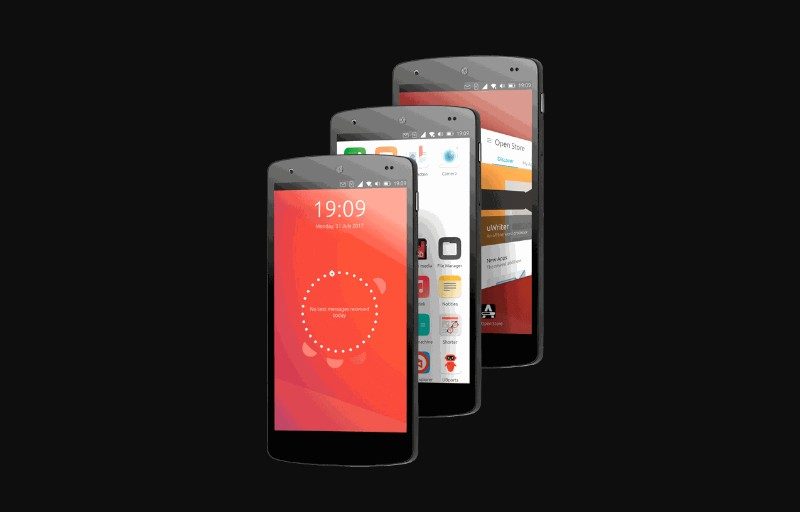
The king of desktop Linux world, Ubuntu decided to expand its territory with its open source mobile operating system, Ubuntu Touch. Keeping convergence in mind, Canonical (the parent company of Ubuntu) ambitiously launched a $32 million crowdfunding campaign to build the first Ubuntu Phone, Edge. Though it failed to get the desired amount, it still set a new record, with over $12 million pledged to the campaign.
After the failed crowdfunding campaign, Canonical teamed up with some device manufacturers to launch Ubuntu Phone. Spanish manufacturer BQ became the makers of the first device running Ubuntu Touch in February 2015. It was soon followed by Chinese manufacturer Meizu. Those first few devices were aimed at developers, which is the reason I advised people not to buy the BQ Ubuntu Phone at the time.
Two years and a few Ubuntu-based phones later, Canonical finally decided to call it quits on their mobile OS. However, UBports is still trying to keep Ubuntu Touch alive.
With UBports’ efforts, Ubuntu Touch gets some updates. There are a handful of devices that are supported by Ubuntu Touch. You can see the list here.
5. LuneOS (No Longer Maintained)
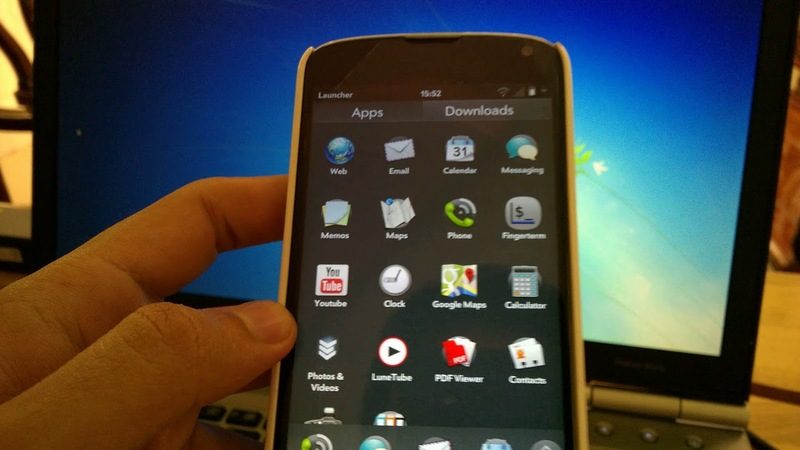
LuneOS is an open-source mobile OS based on Linux kernel. It may not be a feature-rich alternative to Android (of course!). However, it is the successor to Palm/WebOS.
The last release was at the end of 2018. Since then, there have been no updates to the project so far.
The good thing about LuneOS is – if your device is compatible with CyanogenMod, it will most probably work on LuneOS. It is being maintained by WebOS Ports with no recent updates to it since October 2019.
6. Tizen

Tizen is an open source, Linux-based mobile operating system. It is often dubbed an official Linux mobile OS, as the project is supported by the Linux Foundation.
Apart from the Linux Foundation, the Tizen project is supported by tech giants Samsung and Intel. Initially slotted for late 2013 release, it was only in January 2015 that the first Tizen phone, the Samsung Z, was released in the South Asian market. Unfortunately, the Samsung Z failed to get much attention in a competitive Indian market.
Despite being based on Linux, Tizen OS has been marred by security issues. Quite frankly, I don’t see a bright future for Tizen OS. It is just a matter of time before the plug is pulled from this project but for the time being, it is active and also offers studio suite for developers.
7. Mobian OS (Debian for mobile devices)
Mobian is an open-source project with the aim to bring Debian GNU/Linux to mobile devices. The project is in initial phase right now, and it only supports PinePhone at the moment.
Mobian has a list of applications available on its platform and it recommends using apt package management system for these applications.
Obviously, this is experimental and intended for DIY tinkerers.
Open source projects based on Android but free from Google
Most of the above open source mobile operating systems you saw so far are under development and not available for a wide range of mobile hardware.
Don’t despair. There are a few projects that are based on Android but customized to remove Google services from it. These Android distributions are open source and you can customize them to your liking.
If you are looking for an open source alternative to mainstream Android, these projects could be a good choice.
8. LineageOS and Replicant (open source Android distributions)
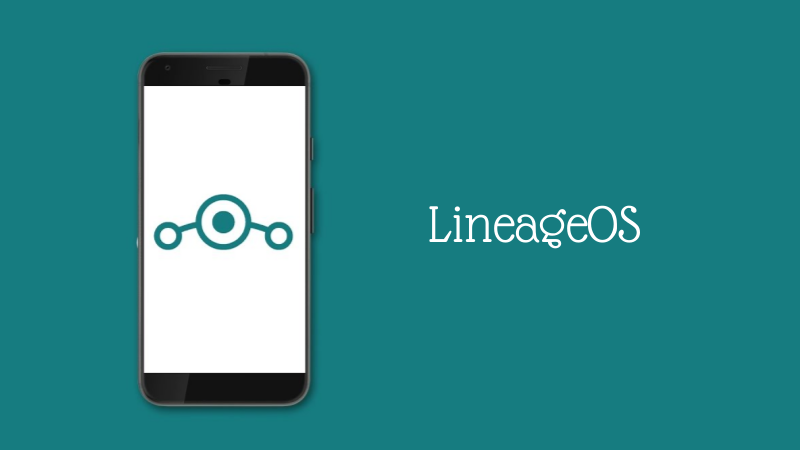
Both LineageOS and Replicant are open-source Android distributions. In other words, you can call them custom ROMs.
LineageOS was created after the much more successful Android distribution CyanogenMod was discontinued. LineageOS is a fork of CyanogenMod.
Though Replicant was founded back in 2010 by a couple of Free Software groups, it now uses the source code of LineageOS as the base. You can see the list of devices supported by Replicant here.
9. /e/ (previously known as eelo)

Previously known as eelo, /e/ is a non-profit project started by the developer of Mandrake Linux. It is an Android distribution, and the idea is to have an open source mobile operating system free from Google.
/e/ replaces Google services with its own services, with the promise to not track you or sell your data to advertisers like Google. /e/ will also utilize open source alternatives as much as possible.
/e/ is in active development and you can try to install it on a range of devices already. You can even buy refurbished devices preinstalled with /e/. That is one of the several ways of supporting the /e/ project.
You can also get new sustainable Fairphones preinstalled with /e/OS from Murena (by /e/OS foundation).

10. GrapheneOS
GrapheneOS in an open source privacy-focused mobile operating system. It is focused on the research and development of privacy and security technology.
GrapheneOS offers Android app compatibility. It also develops various apps and services with a focus on privacy and security.
Basically, you can think of GrapheneOS as a hardened version of Android without Google services.
GrapheneOS has official production support for the Pixel 2 (legacy), Pixel 2 XL (legacy), Pixel 3, Pixel 3 XL, Pixel 3a, Pixel 3a XL, Pixel 4 and Pixel 4 XL at the time of writing this article. Installation instructions can be found here.
11. CalyxOS
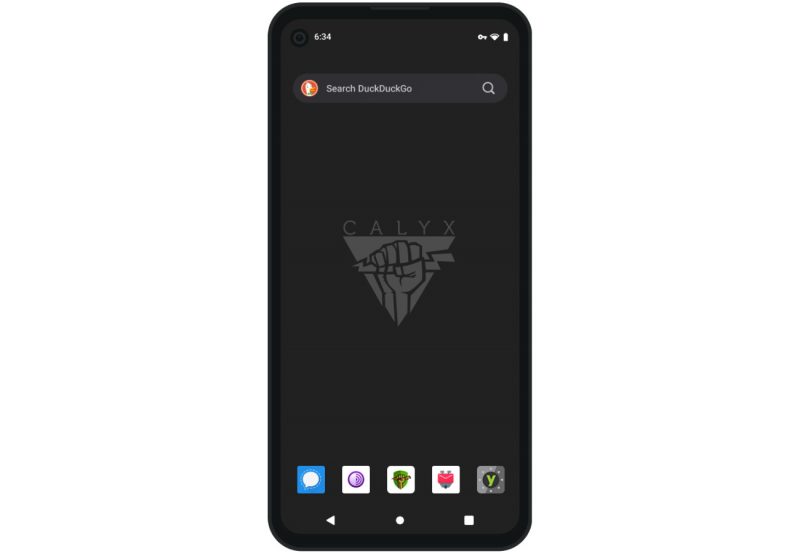
CalyxOS is yet another Android-based OS that focuses heavily on privacy and security. Even though it supports a few devices at the time of updating this article, it is one of the best options as a Google-free operating system while having regular system updates.
There’s nothing striking about it except its Android without Google to start with. However, it is interesting that even Lineage utilizes some of CalyxOS apps for certain functions like backup. So, it’s definitely worth taking a look.
Partial open source mobile OS
I think it’s worth mentioning a few projects that are not fully open source but they are challenging the duopoly of Android and iOS.
12. Kai OS (partially open source)
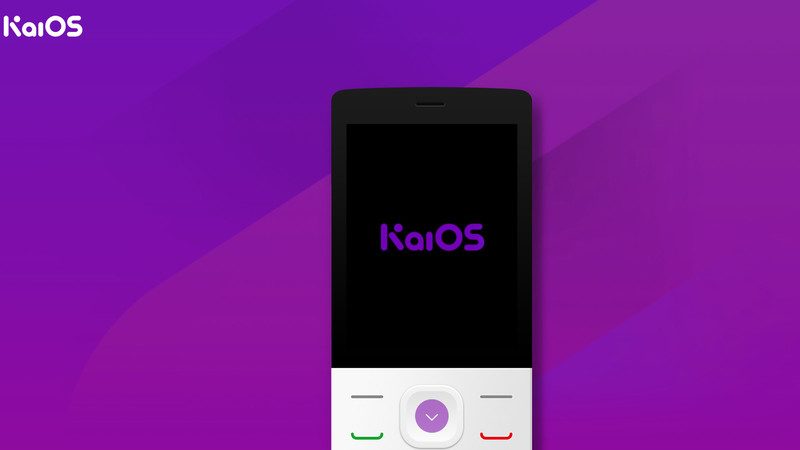
Kai OS is probably the world’s third most popular mobile operating system. Chances are, you haven’t heard of it.
Not your fault really. KaiOS was only released in 2017, and yet it is powering a huge number of mobile phones in just under two years.
So, what’s the secret here? Unlike other mobile operating system, Kai OS doesn’t target the high-end, touch phones. Instead, it provides smartphone-like functionality to feature phones.
Feature phones, or basic phones, are inexpensive, and having smartphone-like functionality makes them an attractive and affordable device.
Kai OS is based on Linux, as it is a fork of a fork of now defunct Firefox OS (mentioned later). Kai OS is not completely open source. Only the Linux Kernel modifications are open sourced, rest is closed source.
You can gauge the potential of Kai OS from the fact that it runs on over 100 million devices and Google has invested $22 million in it.
13. Sailfish OS (partially open source)

When Nokia decided to ditch the MeeGo mobile OS project, few unsatisfied Nokia employees decided to keep MeeGo alive in the form of Sailfish OS. Their flagship product Jolla has met with moderate success, and has a dedicated fan following. MeeGo was supposed to be continued by Linux Foundation in the form of Tizen, but over the time Tizen evolved on its own and cannot be termed a MeeGo derivative anymore. The same is true for Sailfish OS, the core OS of which is based on the Mer project, which itself is based on the work from MeeGo.
While Sailfish OS created some buzz among early adopters thanks to the Jolla devices, the company seems to be struggling.
Sailfish OS is not entirely open source but focuses on privacy. However, you could consider it as an option when you are looking for a mobile OS other than Android and iOS.
Honorable Mention: Firefox OS [Discontinued]
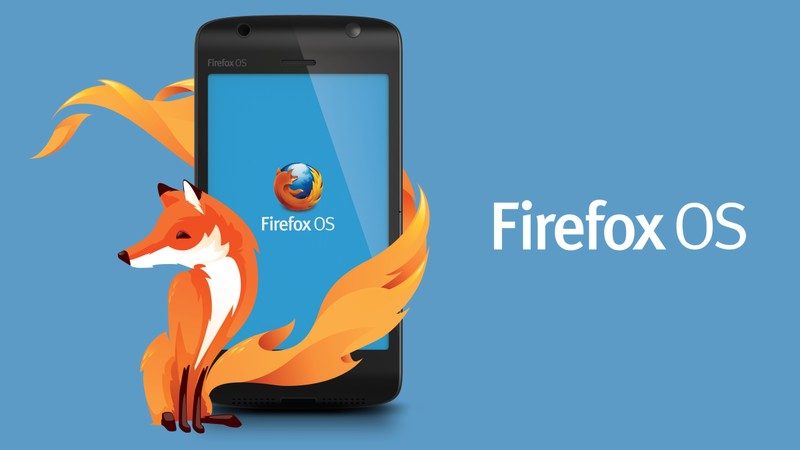
Firefox OS was an open source project from Mozilla Firefox, the parent company of the famous open source web browser. It created quite some ripples with the announcement of Firefox O- based smartphones that cost only $25. The aim was to target emerging markets such as Brasil and India.
Unfortunately, the low price tag alone could not make Firefox OS the Raspberry Pi of mobile devices, and, like Tizen, Firefox OS did not have any success with its ZTE devices. Firefox now plans to shift its focus from low cost devices to user experience with Firefox OS.
What do you think?
When I first wrote this article a few years ago, I was hopeful for some of these alternative mobile OSes. However, the present situation is gloomy, and I don’t think any OS listed here is going to make a mark. It’s not like I don’t want them to be a success; I am just being honest here.
What do you think of these Android alternatives? Do you think these Linux based mobile OS will leave their mark or will they struggle for a decent market share like desktop Linux? Do share your views.


